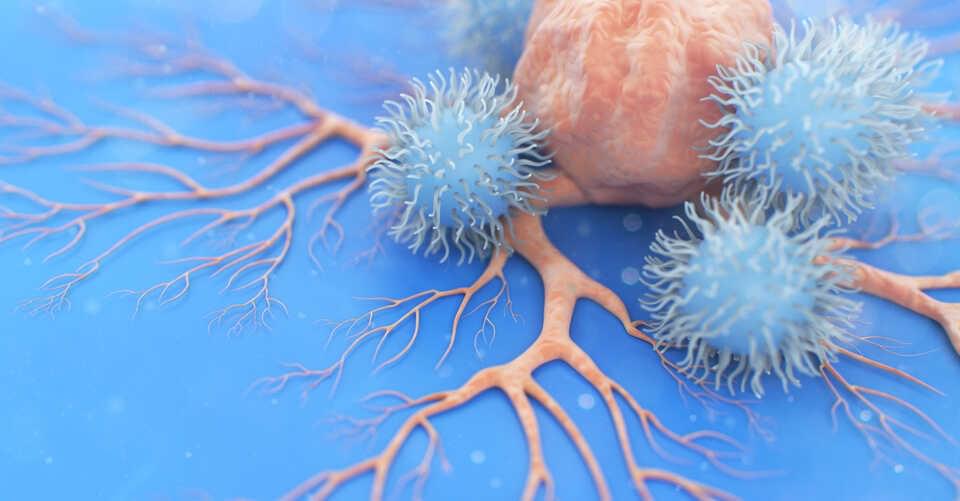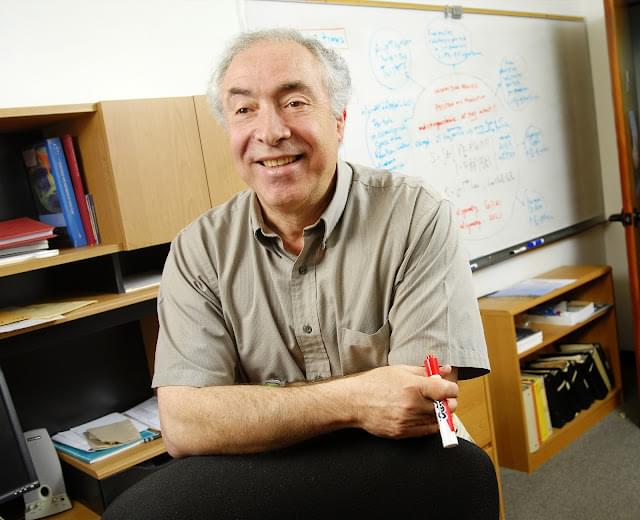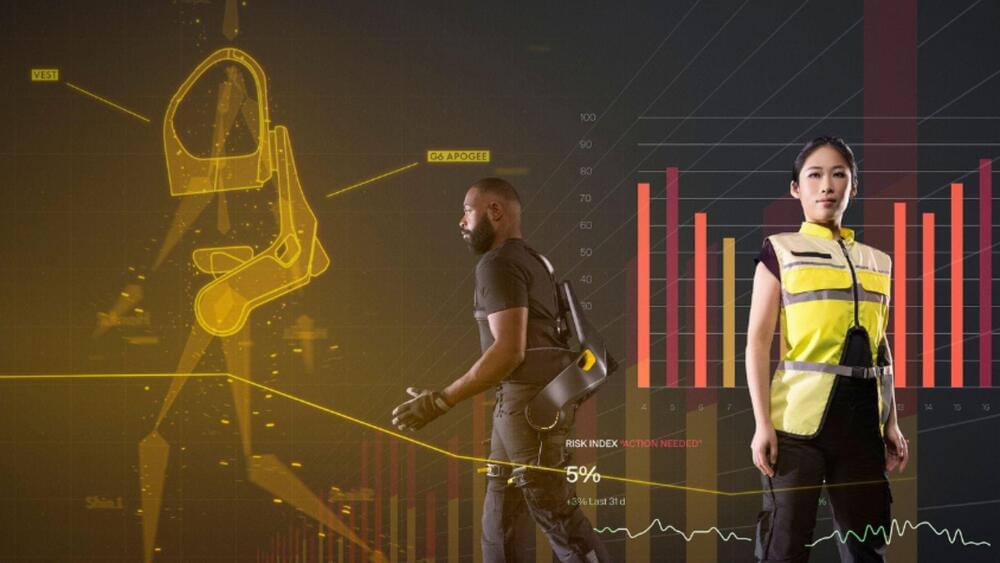Only cancer can kill…
As science fiction would have you believe, you can’t really go to “another dimension.” Dimensions are more about how we see the world. But some things point to not just one, but two dimensions of time, according to one expert. If it were true, the theory could fix the biggest problem in physics, which is that quantum mechanics and general relativity don’t agree with each other.
Itzhak Bars from the University of Southern California in Los Angeles says that’s the case. Up, down, left, right, forward, back, and space-time are the normal three dimensions. In Bars’s theory, time is not a straight line. Instead, it is a curved 2D plane that is woven into all of these dimensions and more.
Dr. Bars has been working on “two-time physics” for more than ten years. All of this started when he started to wonder what time has to do with gravity and other forces. Even though the idea of more dimensions sounds strange, more and more physicists are thinking about it because it could help create the “theory of everything” or “unified theory of physics” that everyone wants. This would put all of the basic forces of the universe into a single, simple math equation.
Year 2022 😗
Plastic foam like Styrofoam is a ubiquitous, harmful and nearly immortal single-use material that is long overdue for a good, green replacement — and Cruz Foam is here to supply it. The startup creates a durable yet backyard-compostable packing foam out of shrimp shells produced (and discarded) by the seafood industry. It recently extended its seed round to accommodate the interests of Leonardo DiCaprio and Ashton Kutcher, and is scaling up to meet the demands of its first major customer, Whirlpool.
I met Cruz Foam co-founder John Felts during the memorable Accelerator at Sea hosted by the Sustainable Ocean Alliance. His pitch made perfect sense: create a biodegradable alternative to expanded polystyrene (EPS) foam using a material provided in abundance by nature.
This material, chitin, makes up the shells of shrimp, crabs and other crustaceans in and out of the sea. It’s tough and versatile but, like any part of a living creature, decomposes quickly and safely. Best of all, it’s produced in enormous quantities by the seafood industry — there are really almost no uses for the stuff, so thousands of tons of shells pile up outside shrimp processing plants, most of which ends up going to landfills. People are literally paying someone else to take this stuff.
face_with_colon_three Year 2022
As New York prepares for the imminent launch of legal adult-use marijuana sales, the governor has signed a bill aimed at expanding the state’s hemp market by promoting collaborative partnerships to identify more opportunities to utilize the crop and its derivatives for packaging, construction and other purposes.
Bill sponsor Sen. Michelle Hinchey (D) announced on Tuesday that Gov. Kathy Hochul (D) approved her legislation late last month. It would amend a section of New York’s agriculture law that deals with hemp economic development, mandating that the agriculture commissioner consult with additional partners on ways to incorporate hemp products into business operations throughout the state.
Specifically, it calls for the commissioner to “consult and cooperate with” the New York State Hemp Workgroup and industry stakeholders “that currently use, or may potentially use, industrial hemp in their products, to develop and promote the use of hemp by businesses for purposes such as packaging, construction, and other uses,” according to a summary.
Nearly three years into the pandemic, travel has returned but hotel staff have not. Unable to find workers, hotel owners and managers are having to adapt to what they believe is the new normal.
Wait, how many stars were at this party? It’s likely there were up to five – but only two appear now! A research team recently began digging into Webb’s highly detailed images of the Southern Ring Nebula to reconstruct the scene. It’s possible more than one star interacted with the dimmer of the two central stars, which appears red in this image, before it created this jaw-dropping planetary nebula. The first star that “danced” with the party’s host created a light show, sending out jets of material in opposite directions. Before retiring, it gave the dim star a cloak of dust. Now much smaller, the same dancer might have merged with the dying star – or is now hidden in its glare.
A third partygoer may have gotten close to the central star multiple times. That star stirred up the jets ejected by the first companion, which helped create the wavy shapes we see today at the edges of the gas and dust. Not to be left out, a fourth star with an orbit projected to be much wider, also contributed to the celebration. It circled the scene, further stirring up the gas and dust, and generating the enormous system of rings seen outside the nebula. The fifth star is the best known – it’s the bright white-blue star visible in the images that continues to orbit predictably and calmly.
The final showstopping finding is an accurate measurement of the mass that the central star had before it ejected its layers of gas and dust. Researchers estimate the star was about three times the mass of the Sun before it created this planetary nebula – and about 60 percent of the mass of the Sun after. It’s still early days – this is some of the first published research about some of Webb’s first images to be released, so plenty more details are sure to come.
German Bionic.
German Bionic was a pioneer in the field of wearable suits when it became the first firm to introduce connected exoskeletons for workplaces. The suit supports users in lifting movements and prevents poor posture. The award-winning Cray X exoskeleton, which is featured in the CES 2023 “Best of Innovation” (Wearable Technologies) category, will be available for demonstrations at the event from January 5–8.
The race is on to develop a quantum computer that can outpace a conventional supercomputer, and researchers from around the world are full-steam ahead. If scaled to adequate sizes, quantum computers represent the largest leap forward in computing for decades, carrying the potential to leave our current machines in the dust, but significant hurdles still remain.
Now, a team of researchers from China have created a superconducting quantum processor with 66 functional qubits which, when faced with a complex sampling task, was able to blast past even the most powerful supercomputers and complete it in just a fraction of the time. What makes the research so impressive is how it demonstrates a huge leap towards quantum primacy, a milestone in which quantum computers complete a task that is infeasible for a conventional computer to complete.
Check out all the on-demand sessions from the Intelligent Security Summit here.
Over the last half-decade, quantum computing has attracted tremendous media attention. Why?
After all, we have computers already, which have been around since the 1940s. Is the interest because of the use cases? Better AI? Faster and more accurate pricing for financial services firms and hedge funds? Better medicines once quantum computers get a thousand times bigger?
New research published in the Annals of Clinical and Translational Neurology on December 7 has identified three genes and their expressed proteins that may be involved in the pathogenesis of multiple sclerosis.
By comparing information on the genes and proteins expressed in the brains of thousands of individuals with and without multiple sclerosis, investigators discovered different expression levels of the SHMT1, FAM120B, and ICA1L genes (and their proteins) in brain tissues of patients versus controls.
Studying the functions of these genes may uncover new information on the mechanisms involved in the development and progression of multiple sclerosis. “Our findings shed new light on the pathogenesis of MS and prioritized promising targets for future therapy research,” the authors wrote.









